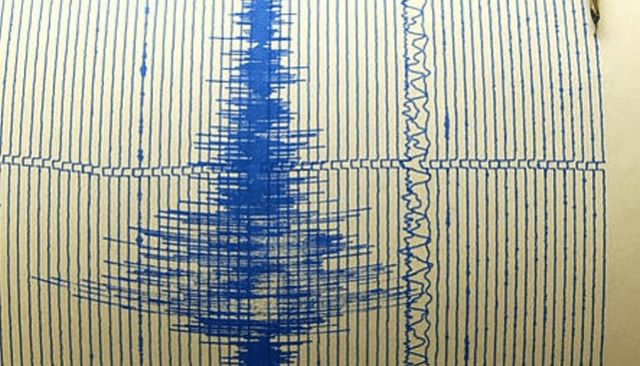In the relative calm of an early morning where North Texas was bracing for a rare snow storm, the Dallas suburb of Irving got a wake-up call, literally, on Friday, February 27, when a small 3.1 magnitude earthquake struck at 6:18 AM, according to the US Geological Survey (USGS). This was the first temblor felt in a month.
The City of Irving has been the site of “roughly two dozen quakes to hit since the beginning of 2015, and more than 40 earthquakes have hit since April of last year,” CBS DFW reported. They stated that the USGS located the epicenter as just east of the former site of the Texas Stadium off of State Highway 193.
The USGS identified areas where the quake was likely felt as Irving, Dallas, and Farmers Branch, although, according to the Dallas Morning News, the small shaker was actually felt all the way from Irving and Northwest Dallas and Carrollton to parts of East Dallas, “if Twitter is an accurate gauge of anything.”
There were no reports of damage or injuries from the shaker.
Breitbart Texas reported last month that Southern Methodist University (SMU) scientists in Dallas were working with the USGS in the hopes of finding a cause to the rash of earthquakes in the area. They placed 20 monitors around the quake zone. Earlier this month, SMU and the USGS released an interim report on their findings.
Although the team has not yet been able to provide an answer as to what has been causing all the seismic activity, it does indicate “there is a narrow two-mile fault extending from Irving into Dallas, running 3 to 5 miles deep,” also according to CBS DFW.
The SMU seismology team identified the fault line stretching from State Highway 114 in the City of Irving to north-by-northeast to the Walnut Hill section of West Dallas. CBS DFW also reported that the “preliminary report also noted that there are two natural gas wells near those epicenters.”
“Big Green” environmental groups blame fracking. The Trinity East’s gas-drilling site nearby is what anti-frackers claim is the reason for the jolts; According to the report, researchers are looking into shale gas production as a possible cause.
SMU scientists said that there is no way to predict when the series of quakes will end, or how strong any future earthquakes could be. So far, there has not been a recent tremor in Irving that reached 4.0 in magnitude.
Dallas residents are not used to having earthquakes and their nerves have been frayed by the constant seismic activity of late. As Breitbart Texas reported, most people think of California or Japan when it comes to earthquakes, although the USGS has said that Texas has its own history of the earth moving, perhaps less prolific than on the Pacific Rim.
The Balcones Fault is located in the area where these tremors have occurred. The fault line has been more active, though it is considered to be one of the lowest risk earthquake zones in the United States. To date, the strongest shock waves ever felt in Texas happened near Valentine in August of 1931. That was a 5.8 magnitude earthquake.
Follow Merrill Hope on Twitter @OutOfTheBoxMom.

COMMENTS
Please let us know if you're having issues with commenting.